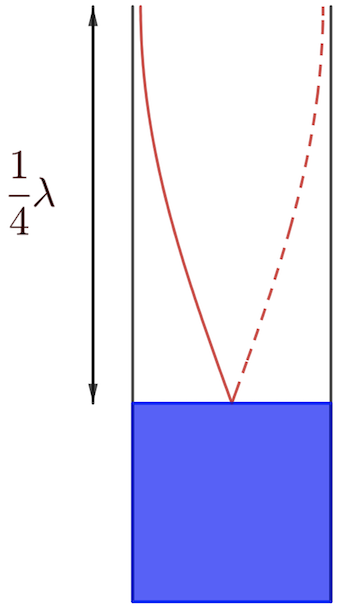An electroscope is a device that can be used to detect or measure the amount of charge in its vicinity. One of the earliest electroscopes is the gold-leaf electroscope which was invented by a British clergyman Abraham Bennet. This is a cheaper model of the leaf electroscope made using aluminum foil.
Materials
- Paper clip
- Aluminum foil
- Modelling clay
- Glass bottle with a narrow neck
- Steel or brass sinker
Procedure
- Cut two strips of aluminum foil measuring 2 cm by 0.5 cm.
- Straighten the paper clip before bending both ends to make two hooks. Hang the paper clip using one hook from the sinker.
- Pierce each aluminum strip at one end through the other hook of the paper clip, leaving it to hang from the hook.
- Place the paper clip and aluminum strips inside the bottle. If the sinker is smaller than the neck of the bottle, use some modeling clay to keep it in place.

- Now you can test the electroscope by rubbing a comb with some wool and placing it near the paper clip.
Science Explained
Negative charges (electrons) are deposited on the comb by rubbing with wool. When the comb is placed near the sinker without touching, the negative charges in the sinker are repelled. As glass is an electric insulator, the only way for them to go is downwards onto the aluminum strips. Both strips are now negatively charged and will repel each other. The extent of their repulsion is dependent on the amount of charge on the comb and its distance from the electroscope.

